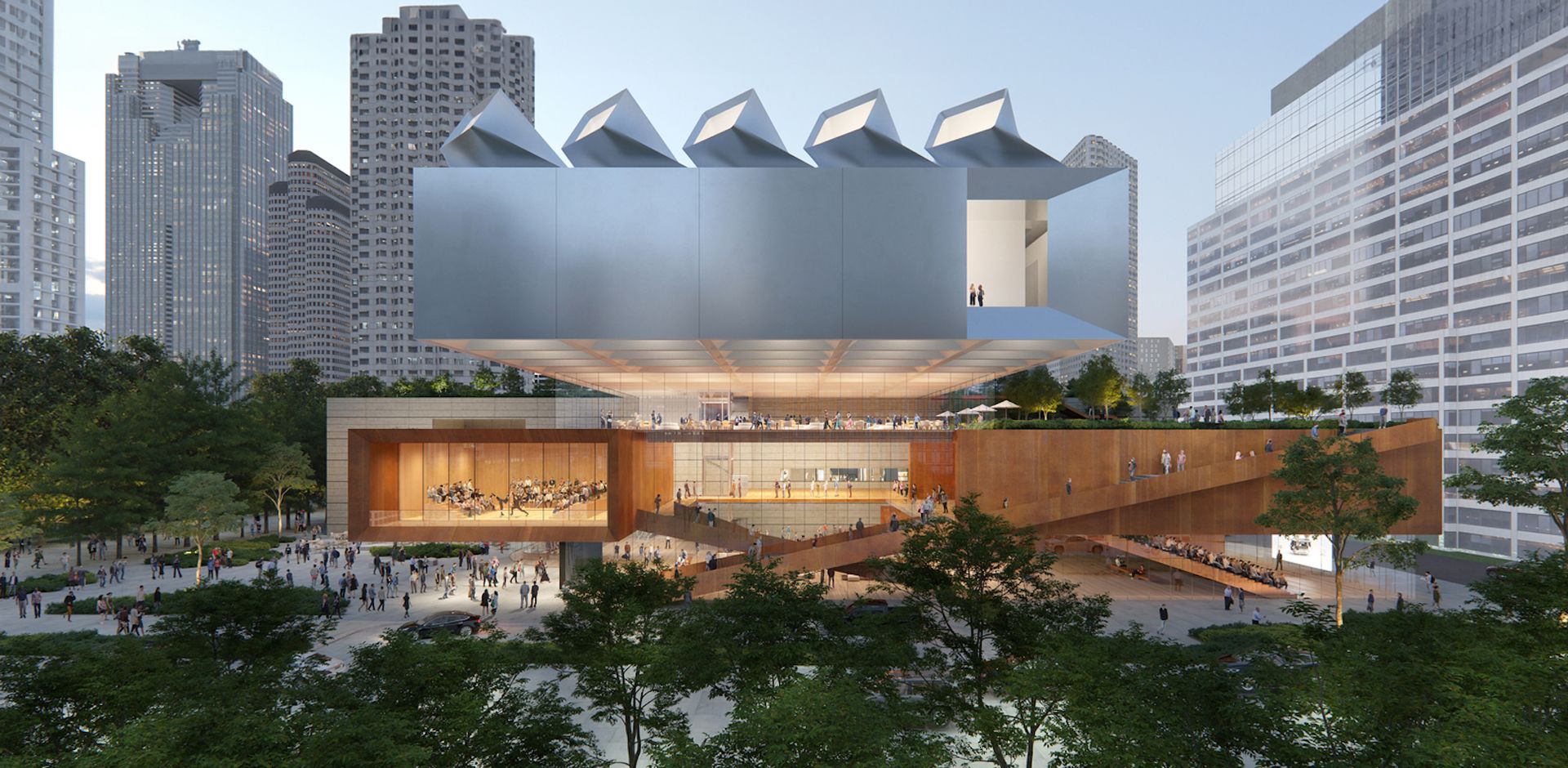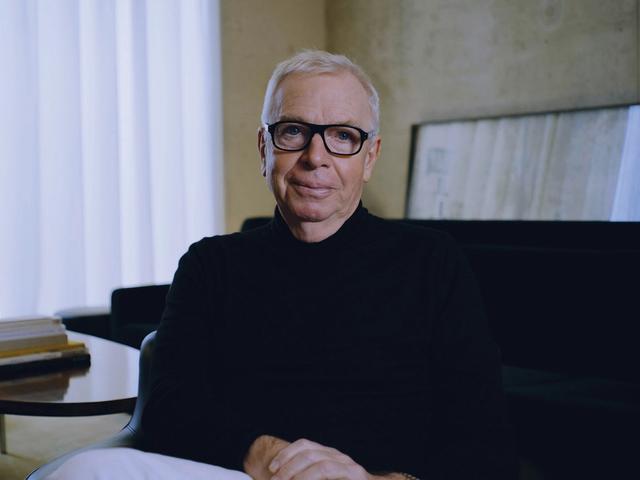In April, the Dallas Museum of Art (DMA) shortlisted six architecture firms for a $150m-$175m expansion and upgrade to its grounds. The finalists’ concept designs are now on view both online and at the museum (until 30 August), where entry is always free. The public is encouraged to provide feedback, and the winner will be announced in August.
When the DMA first announced its competition in February, its goals were to expand and reorganise its gallery spaces, improve circulation and upgrade the existing building—designed by Edward Larrabee Barnes in 1984—with a focus on accessibility and transparency.
“Today we are no longer able to accommodate the exponential growth of our collections and are forced to keep masterworks hidden from the public due to limitations on space,” the museum’s director, Agustín Arteaga, said at the time, noting a desire to better incorporate the DMA into the “urban fabric of Dallas, while serving as a leader in confronting environmental challenges”.

Diller Scofidio + Renfro, aerial from Klyde Warren Park © Diller Scofidio + Renfro and Malcolm Reading Consultants
The shortlist of architects was selected from 154 proposals submitted by firms from 27 countries. (Notably, no Texas-based architects made the cut.) The finalists are mostly big names: David Chipperfield Architects (London), whose namesake recently won the Pritzker Prize; Diller Scofidio + Renfro (New York), noted architects of The Broad in Los Angeles and The Shed in New York; Johnston Marklee (Los Angeles), who designed Houston’s Menil Drawing Institute; Michael Maltzan Architecture (Los Angeles), which previously reimagined another Barnes cultural institution, the Hammer Museum in Los Angeles; Nieto Sobejano Arquitectos (Madrid), who enlarged and rehabilitated San Telmo Museoa in the Basque Country; and Weiss/Manfredi (New York), designer of a major reconstruction project at Longwood Gardens in Pennsylvania. Each shortlisted firm will receive a $50,000 honorarium and $10,000 to offset expenses.
All six designs endeavour to better integrate the museum into its surroundings and make it more inviting to visitors. They give prominence to public gardens and include numerous large windows and transparent walls to connect interior and exterior spaces. Diller Scofidio + Renfro’s design video even begins with a note that “the museum of the 21st century must … be anti-institutional”.



